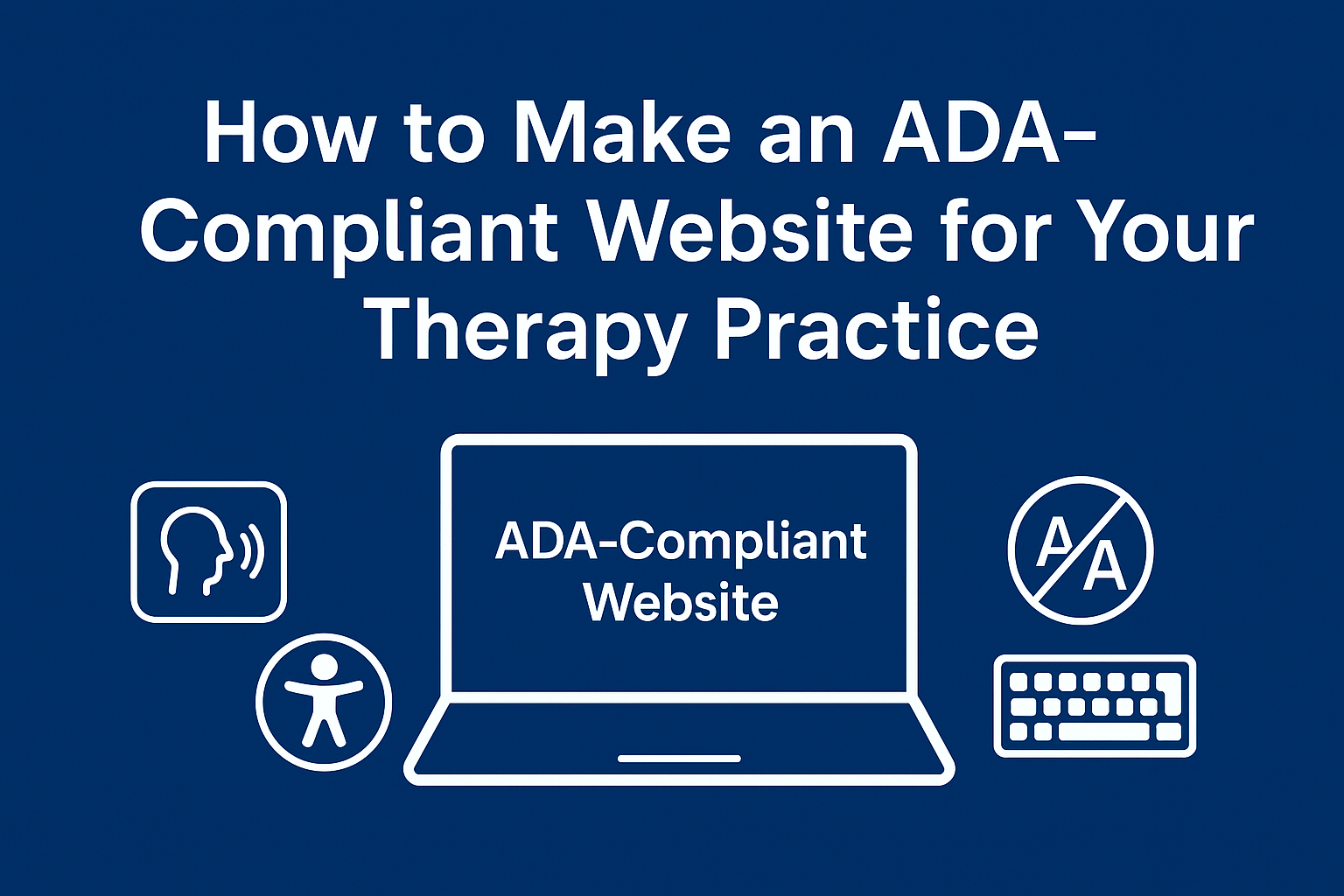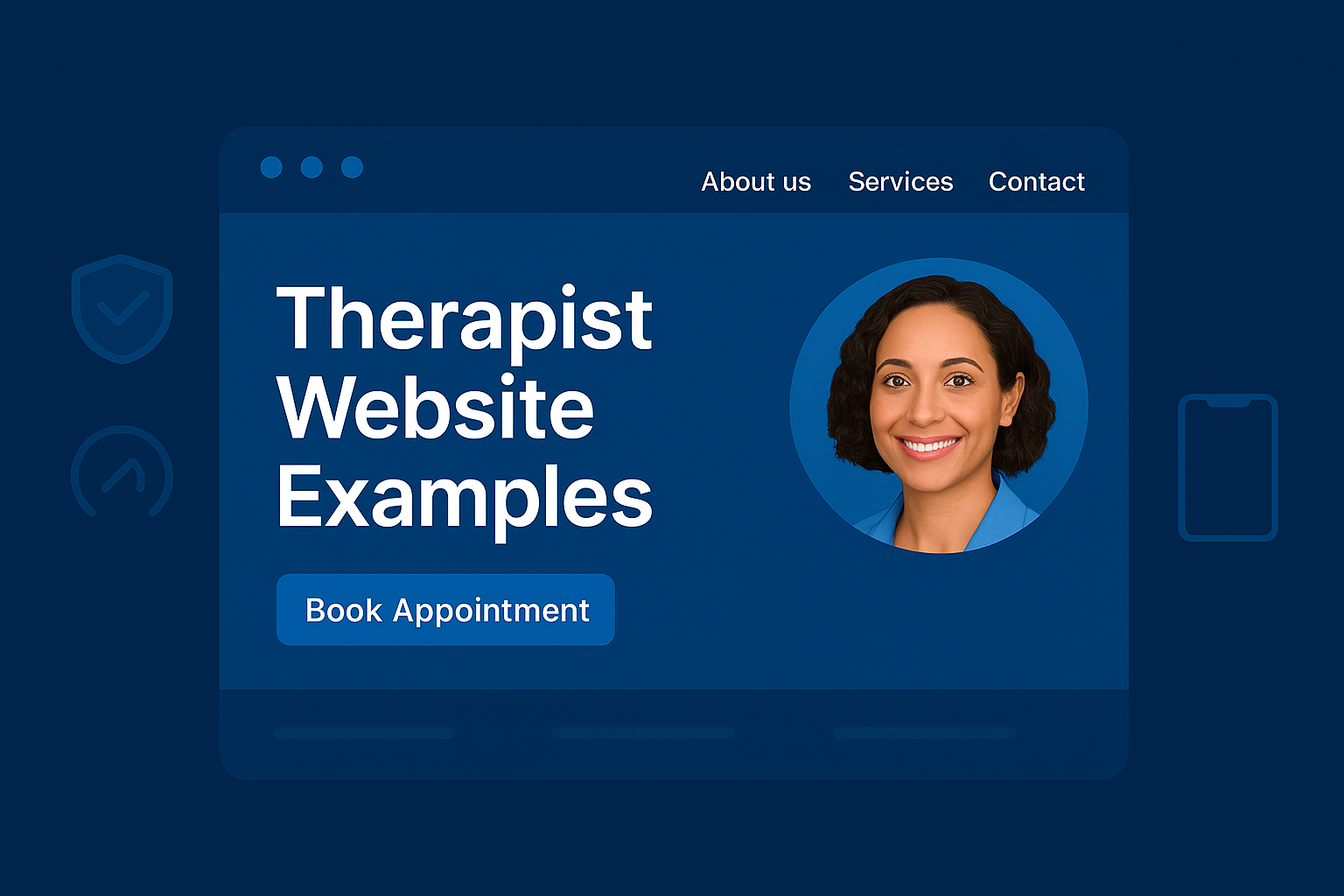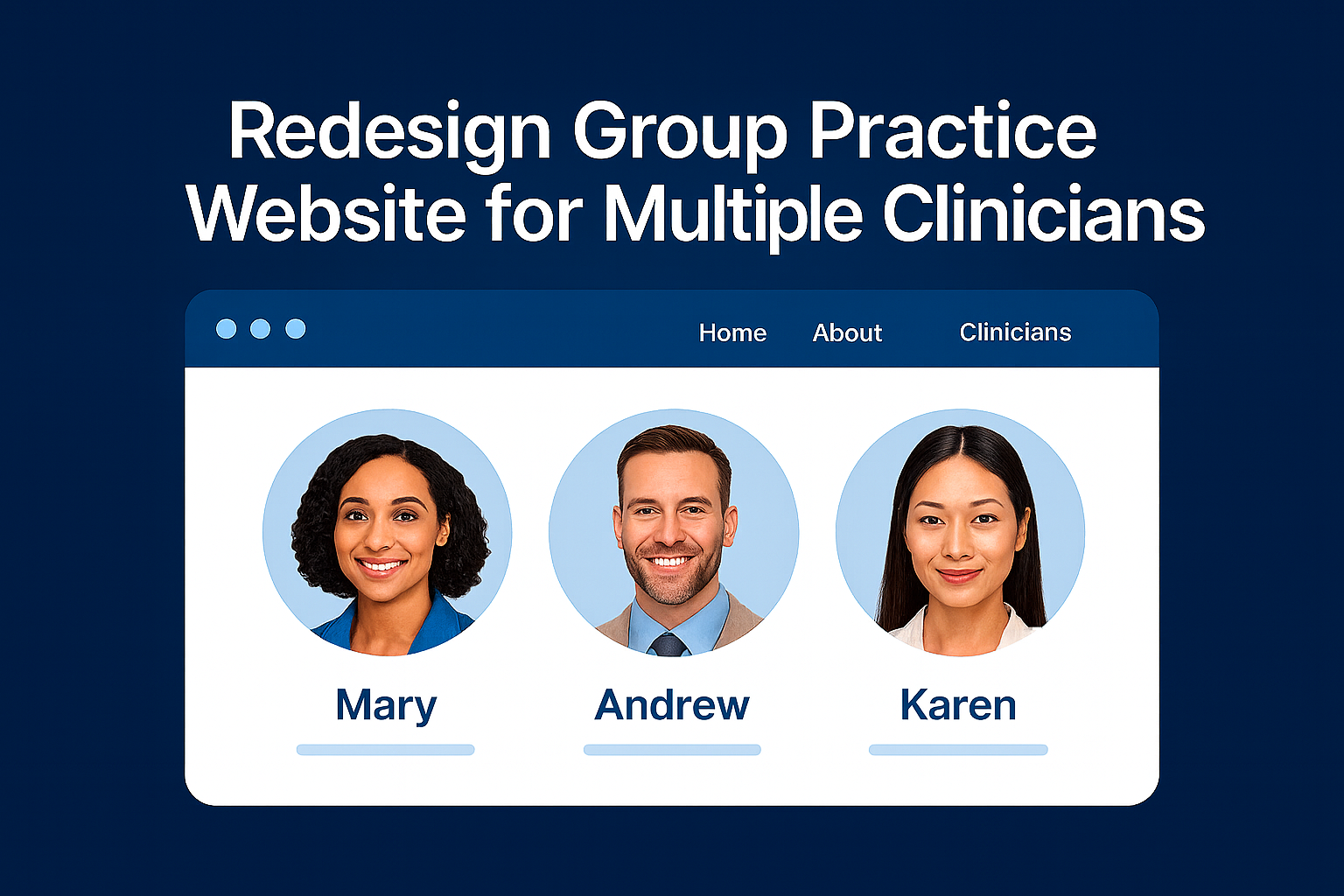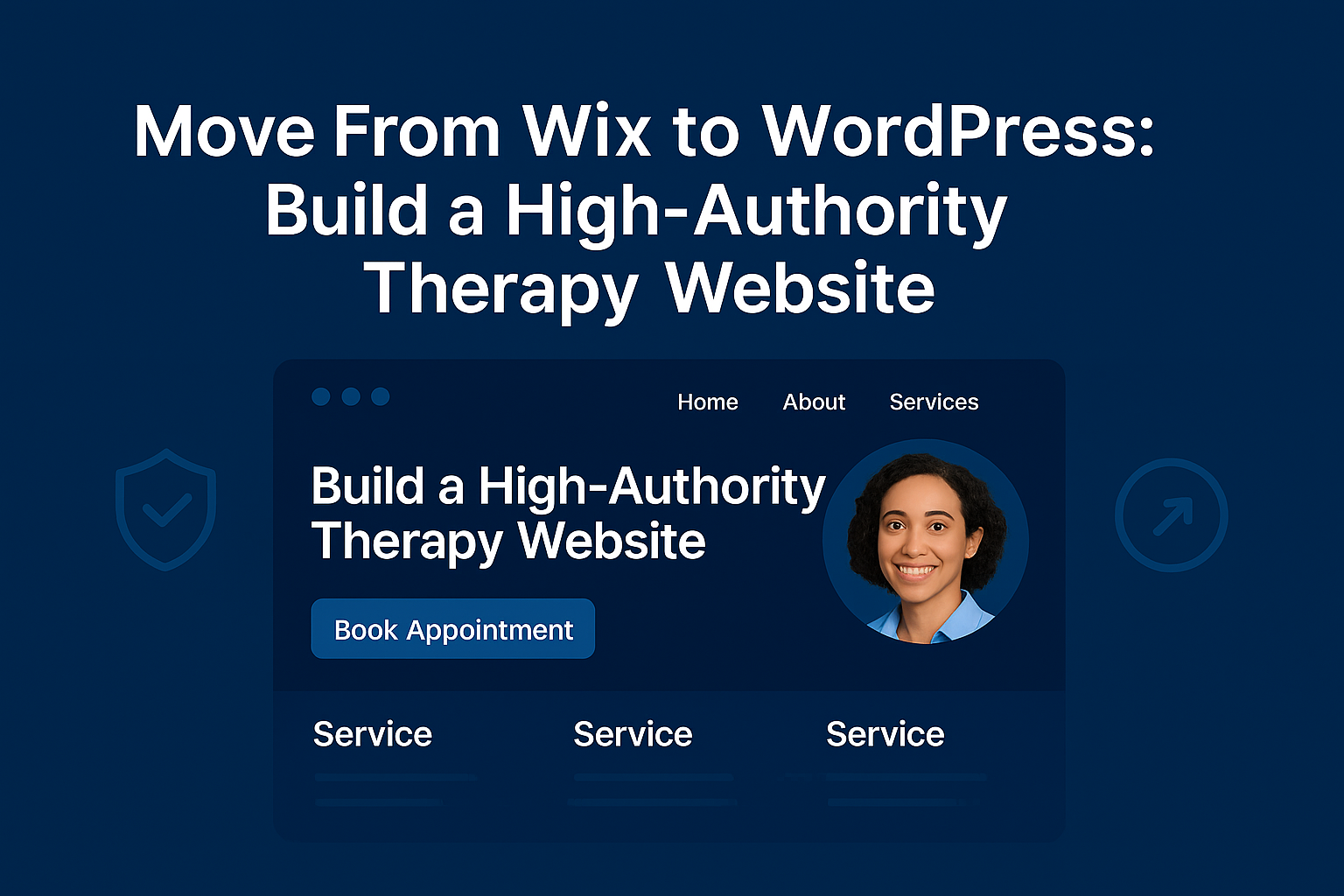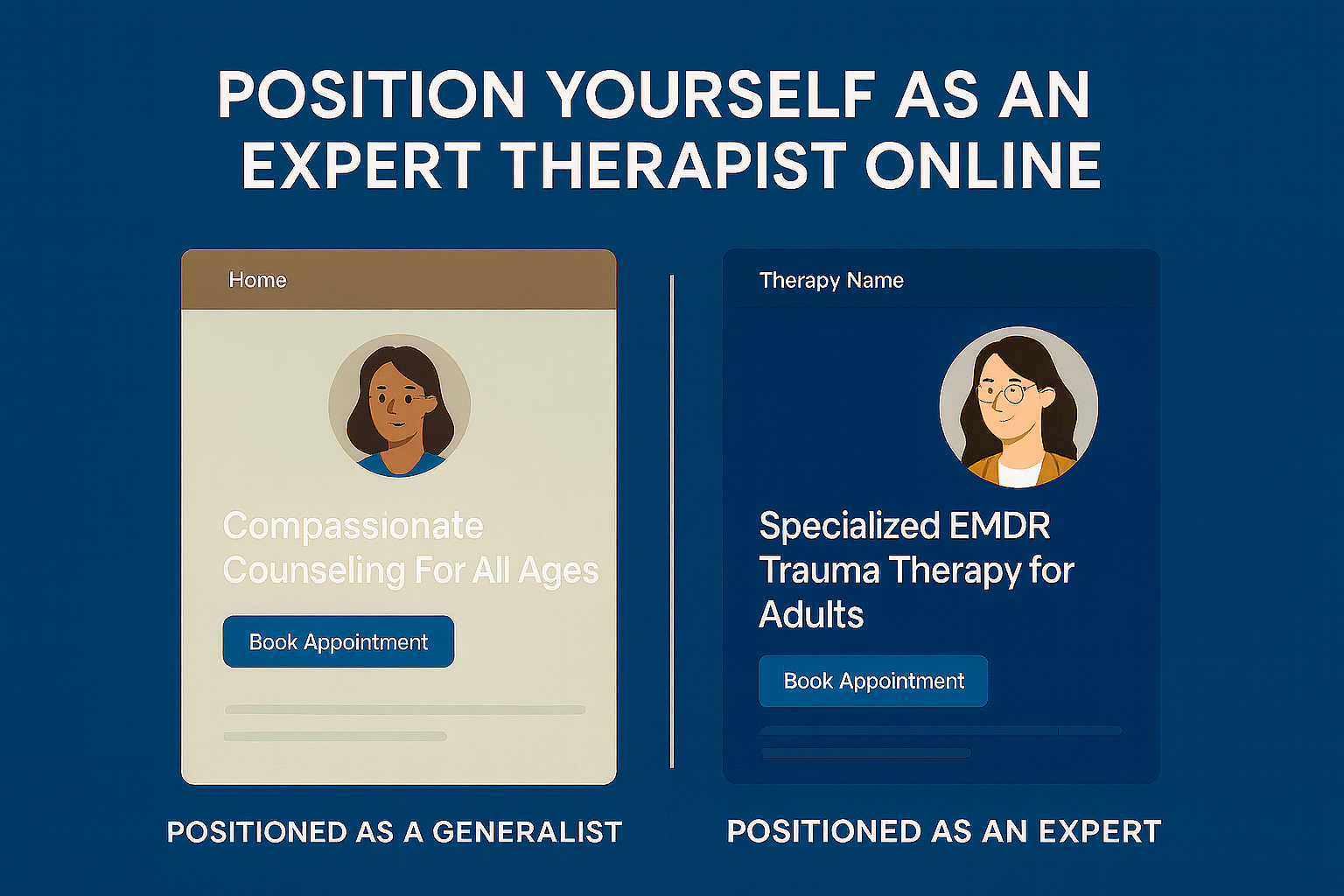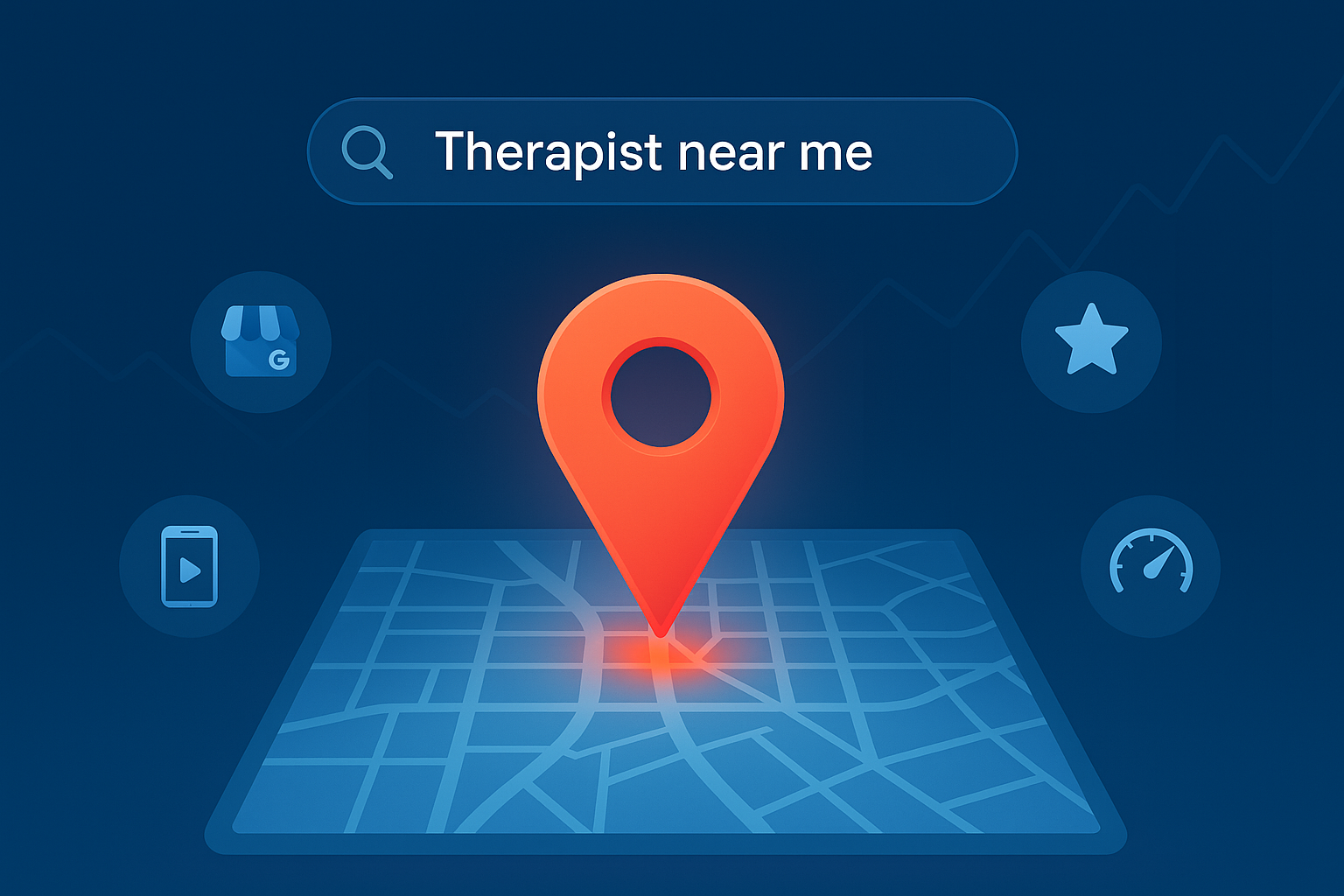Mental health documentation is a cornerstone of effective therapy, capturing the nuances of a client’s emotional journey, treatment progress, and therapeutic interventions. However, generic Electronic Health Record (EHR) systems often fall short, with rigid templates that don’t accommodate the narrative-based, client-centered nature of mental health care. EHR customization: Tailoring your system for mental health documentation allows therapists to adapt their EHR to fit their specific workflow, ensuring accurate, efficient, and compliant documentation. In this guide from Mental Health IT Solutions (MHIS), We’ll walk you through the steps to customize your EHR, helping you create a system that supports your practice and enhances client care.
Understanding the Need for EHR Customization in Mental Health
Mental health documentation has unique requirements that differ from general medical practices, making customization essential for an EHR to be effective in a therapy setting.
Why Mental Health Documentation Is Unique
Narrative-Based Notes
Unlike medical records that focus on symptoms and diagnostics, mental health notes often include detailed narratives about a client’s thoughts, emotions, and progress. Generic EHR templates may not provide enough flexibility for these narrative entries, leading to incomplete or inefficient documentation.
Privacy and Compliance Needs
Mental health records are subject to strict privacy regulations under HIPAA, particularly for psychotherapy notes, which require enhanced protection. A customized EHR ensures these notes are separated and secure, aligning with legal and ethical standards.
The Role of Customization in EHR Systems
Addressing Specific Needs
Customization allows you to tailor your EHR to the specific needs of your practice, whether you’re a solo therapist or part of a group practice, ensuring the system supports your workflow and documentation style.
Improving Efficiency and Care
A well-customized EHR reduces the time spent on documentation, minimizes errors, and ensures you can focus on client care rather than struggling with an ill-fitting system, a key aspect of EHR customization: tailoring your system for mental health documentation.
Key Areas to Customize in Your EHR for Mental Health Documentation
Let’s explore the specific areas where customization can make your EHR more effective for mental health documentation, focusing on practical adjustments and their benefits.
1. Customizing Templates for Therapy Notes
Create Narrative-Friendly Templates
Mental health-specific EHRs like ICANotes and TherapyNotes allow you to customize templates for therapy notes, such as psychiatric SOAP notes or progress notes. Add fields for narrative text to capture a client’s story, emotions, and therapeutic insights, ensuring your notes reflect the depth of your sessions.
Include Relevant Prompts
Customize templates with prompts specific to your practice, such as questions about a client’s mood, coping strategies, or progress toward goals. For example, if you specialize in anxiety, you might add a field to track triggers or coping mechanisms, making documentation more relevant and efficient.
2. Tailoring Treatment Plans for Client-Centered Care
Support a Recovery-Oriented Approach
Many therapists use a recovery-oriented model, focusing on client-driven goals like improving relationships or finding purpose. Customize your EHR to include sections for these goals alongside clinical objectives, ensuring treatment plans reflect the client’s priorities. Systems like CarePaths allow for this level of customization, aligning with mental health care principles.
Add Flexibility for Updates
Ensure your EHR allows you to easily update treatment plans as a client’s needs evolve. Custom fields for tracking progress, such as a scale for self-reported well-being, can help you monitor outcomes and adjust plans dynamically, a key part of EHR customization: tailoring your system for mental health documentation.
3. Configuring Privacy Settings for Psychotherapy Notes
Separate Psychotherapy Notes
Under HIPAA, psychotherapy notes require stricter protection and cannot be shared without explicit client consent. Customize your EHR to separate these notes from the general record, applying enhanced access controls. For example, TheraNest and SimplePractice let you designate psychotherapy notes as private, ensuring only you can access them.
Set Role-Based Access Controls
Customize access permissions to ensure that only authorized users can view sensitive data. In a group practice, you might restrict administrative staff from accessing clinical notes, while allowing therapists to view only their own clients’ records, enhancing privacy and compliance.
4. Integrating Outcome Tracking and Assessments
Add Standardized Assessments
Customize your EHR to include standardized assessments like the PHQ-9 for depression or GAD-7 for anxiety, which clients can complete online. Systems like Valant allow you to embed these tools, generating reports to track progress over time and inform your documentation.
Create Custom Metrics
If you have specific metrics you track, such as a client’s self-reported stress levels or sleep quality, customize your EHR to include these fields. This ensures your documentation reflects the outcomes most relevant to your practice, improving the quality of your records and care.
5. Streamlining Documentation with Automation
Use Pre-Programmed Buttons and Dropdowns
EHRs like ICANotes offer pre-programmed buttons or dropdowns for common observations (e.g., “client appeared anxious”), which you can customize to match your terminology. This speeds up documentation without sacrificing detail, allowing you to focus on the narrative aspects of your notes.
Automate Compliance Checks
Customize your EHR to flag incomplete notes or missing required fields, such as diagnosis codes for insurance billing. This automation ensures your documentation meets compliance standards, reducing the risk of errors and rejected claims. For more on documentation, see this guide on How EHR Solutions Can Streamline Clinical Documentation for Therapists.
6. Personalizing Client Portals for Engagement
Tailor Client-Facing Features
Customize the client portal to include features that support engagement, such as mood tracking, homework assignments, or secure messaging. For example, SimplePractice allows you to enable specific tools in the portal, ensuring clients have access to resources that align with their treatment plan.
Reflect Your Practice’s Branding
Some EHRs let you customize the client portal with your practice’s logo, colors, and messaging, creating a cohesive experience that reinforces your brand and makes clients feel more connected to their care.
Benefits of Customizing Your EHR for Mental Health Documentation
Improved Documentation Efficiency
Custom templates and automation reduce the time spent on note-taking, allowing you to document sessions quickly and accurately while focusing on client care.
Enhanced Client-Centered Care
Tailored treatment plans and outcome tracking ensure your documentation reflects the client’s unique needs and goals, improving the quality of care and therapy outcomes.
Stronger Compliance and Privacy
Customized privacy settings and compliance features ensure your documentation meets HIPAA requirements, protecting client data and reducing legal risks. For more on security, see this guide on How to Secure Patient Data with an EHR for Mental Health Practices.
Better Client Engagement
A personalized client portal keeps clients engaged between sessions, improving adherence to treatment plans and fostering a stronger therapeutic relationship.
Challenges to Consider When Customizing Your EHR
Learning Curve and Time Investment
Customizing an EHR requires time to set up templates, configure settings, and train your team. Start with small adjustments and use the vendor’s support resources to ease the process.
Potential Costs
Some EHRs may charge for advanced customization features or require a higher-tier subscription. Balance the cost with the long-term benefits, such as time savings and improved care.
Over-Customization Risks
Over-customizing can make the system overly complex, slowing down your workflow. Focus on the most impactful changes, such as templates and privacy settings, to keep the system user-friendly.
How to Get Started with EHR Customization
Assess Your Documentation Needs
Identify the specific requirements of your practice, such as the types of notes you take, the assessments you use, or the privacy settings you need. This will guide your customization efforts.
Choose a Flexible EHR
Select an EHR that offers robust customization options, such as TherapyNotes or TheraNest. For more on choosing an EHR, see this guide on Choosing the Best EHR for Your Therapy Practice: A Complete Guide.
Work with Your Vendor
Most EHR providers offer support for customization, including tutorials, live support, or professional setup services. Leverage these resources to ensure your system is tailored effectively.
The Long-Term Impact on Your Practice
Mastering EHR customization: tailoring your system for mental health documentation can transform your practice. By creating a system that fits your workflow, you’ll improve efficiency, ensure compliance, and deliver more client-centered care, leading to better outcomes and a stronger practice. Staying adaptable to future trends will also keep your EHR relevant as technology evolves. For more on this, see this guide on The Future of EHR in Behavioral Health: Trends to Watch.
Final Thoughts
EHR customization: tailoring your system for mental health documentation empowers you to create a tool that truly supports your practice. By focusing on templates, privacy, and client engagement, you can streamline documentation and enhance care. Partnering with Mental Health IT Solutions can help you customize the perfect EHR. Ready to go paperless?
Visit Paperless Therapy: Transitioning from Manual Records to a Digital EHR System for expert guidance on making the switch.


